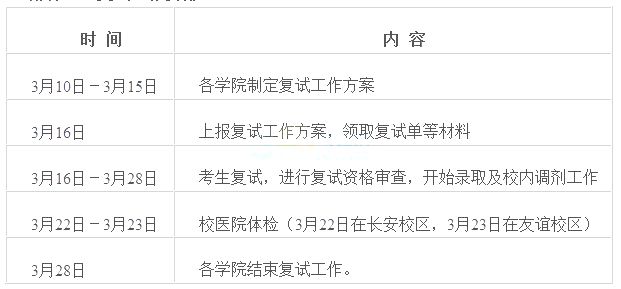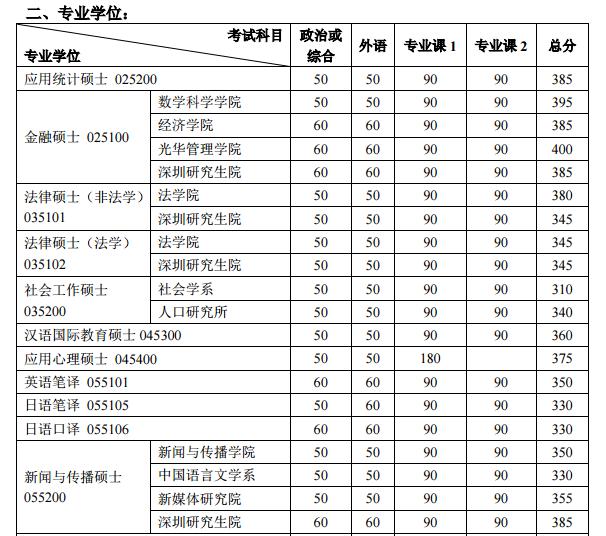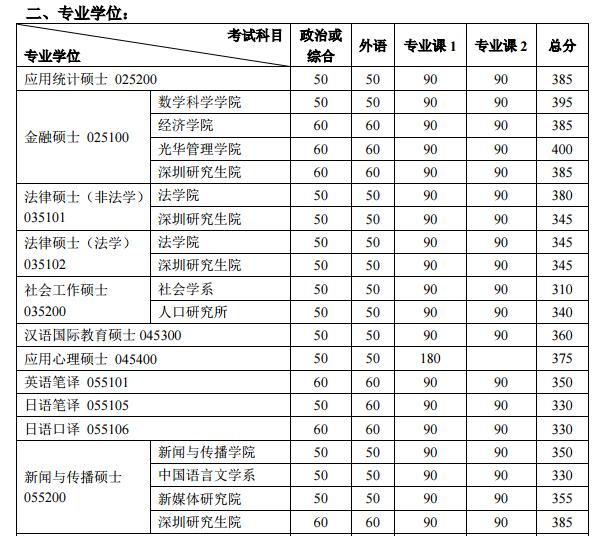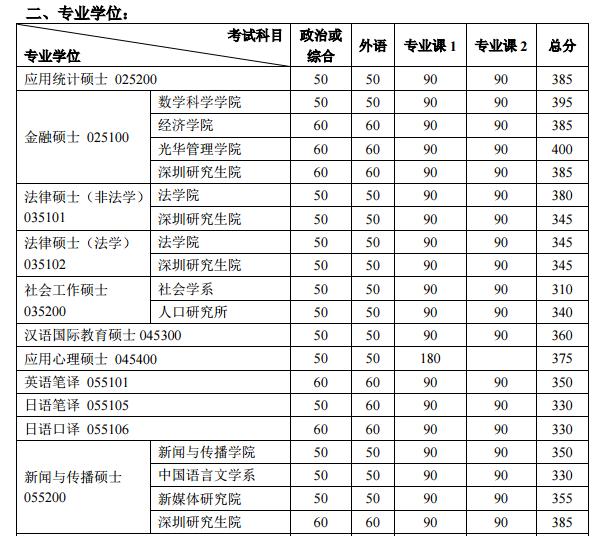2017年考研英语阅读理解考前预测试题3
|
第2页:考研各科目历年真题汇总(2016-2011) 第3页:2017年考研热点资讯推荐 第4页:2017考研英语模拟试题 第5页:2017考研英语备考辅导 Scientists have known since 1952 that DNA is the basic stuff of heredity. They’ve known its chemical structure since 1953. They know that human DNA acts like a biological computer program some 3 billion bits long that spells out the instructions for making proteins, the basic building blocks of life. But everything the genetic engineers have accomplished during the past half-century is just a preamble to the work that Collins and Anderson and legions of colleagues are doing now. Collins leads the Human Genome Project, a 15-year effort to draw the first detailed map of every nook and cranny and gene in human DNA. Anderson, who pioneered the first successful human gene-therapy operations, is leading the campaign to put information about DNA to use as quickly as possible in the treatment and prevention of human diseases. What they and other researchers are plotting is nothing less than a biomedical revolution. Like Silicon Valley pirates reverse-engineering a computer chip to steal a competitor’s secrets, genetic engineers are decoding life’s molecular secrets and trying to use that knowledge to reverse the natural course of disease. DNA in their hands has become both a blueprint and a drug, a pharmacological substance of extraordinary potency that can treat not just symptoms or the diseases that cause them but also the imperfections in DNA that make people susceptible to a disease. And that’s just the beginning. For all the fevered work being done, however, science is still far away from the Brave New World vision of engineering a perfect human—or even a perfect tomato. Much more research is needed before gene therapy becomes commonplace, and many diseases will take decades to conquer, if they can be conquered at all. In the short run, the most practical way to use the new technology will be in genetic screening. Doctors will be able to detect all sorts of flaws in DNA long before they can be fixed. In some cases the knowledge may lead to treatments that delay the onset of the disease or soften its effects. Someone with a genetic predisposition to heart disease, for example, could follow a low-fat diet. And if scientists determine that a vital protein is missing because the gene that was supposed to make it is defective, they might be able to give the patient an artificial version of the protein. But in other instances, almost nothing can be done to stop the ravages brought on by genetic mutations. (409 words) 1. It can be inferred from the text that Collins and Anderson and legions of colleagues _____. [A] know that human DNA acts like a biological computer program [B] have found the basic building blocks of life [C] have accomplished some genetic discovery during the past half-century [D] are making a breakthrough in DNA 2. Collins and Anderson are cited in the text to indicate all the following EXCEPT that ______. [A] time-consuming effort is needed to accomplish the detailed map of in human DNA [B] human gene-therapy operations may be applied to the patients [C] gene-therapy now is already generally used to the treatment and prevention of human diseases [D] information about DNA may be used in the treatment and prevention of human diseases 3. The word “pirate” (line 2, paragraph 3) means______. [A] one who robs at sea or plunders the land from the sea [B] one who makes use of or reproduces the work of another without authorization [C] to take (something) by piracy [D] to make use of or reproduce (another’s work) without authorization 4. We can draw a conclusion from the text that_____. [A] engineering a perfect human is not feasible for the time being [B] it‘s impossible for scientists to engineer a perfect tomato [C] many diseases will never be conquered by human beings [D] doctors will be able to cure all sorts of flaws in DNA in the long run 5. The best title for the text may be ______. [A] DNA and Heredity [B] The Genetic Revolution [C] A Biomedical Revolution [D] How to Apply Genetic Technology 参考答案:DCBAB
2017年全国各地考研报名时间|现场确认时间 考试时间 模拟试题 2017年考研招生简章|专业目录|参考书目 准考证打印时间 备考经验 2017年全国硕士研究生考试报名答疑汇总 考场规则 历年真题 2017年考研模拟试题: 2017考研英语语法专项复习:语法训练汇总 考研英语模拟试题及答案:完型填空10套 2017年考研英语翻译训练汇总 2017年考研英语阅读理解练习及答案10套 2017年考研英语完型填空模拟题及答案20套 2017年考研英语阅读理解试题及答案25套 2017年考研英语翻译模拟试题及答案10套 2017年考研英语语法专项练习11套 2017年考研英语阅读理解10套 2017年考研英语完型填空专项练习12套 2017年考研英语:翻译分类练习汇总 2017年考研英语语法训练汇总 2017年考研英语完型填空练习汇总 2017年考研英语阅读理解精读19套 2017年考研英语完型填空强化模拟试题17套 2017年考研英语语法题型训练6套 2017年考研英语备考辅导: 2017考研英语完型解题技巧汇总 2017考研英语语法小讲汇总 2017年考研英语词汇:同义词辨析汇总 2017年考研英语长难词汇记忆汇总 2017考研英语作文:实用小词精选汇总 2017考研英语词汇拓展:中国特色词汇汇总 2017年考研英语高频词组汇总 2017考研英语拓展阅读汇总 | |||||||||||||||||||||||||||||||||||||||||||||||||||||||||||||||||||||||||||||||||||||||||||||||||||||||||||||||||||||||








